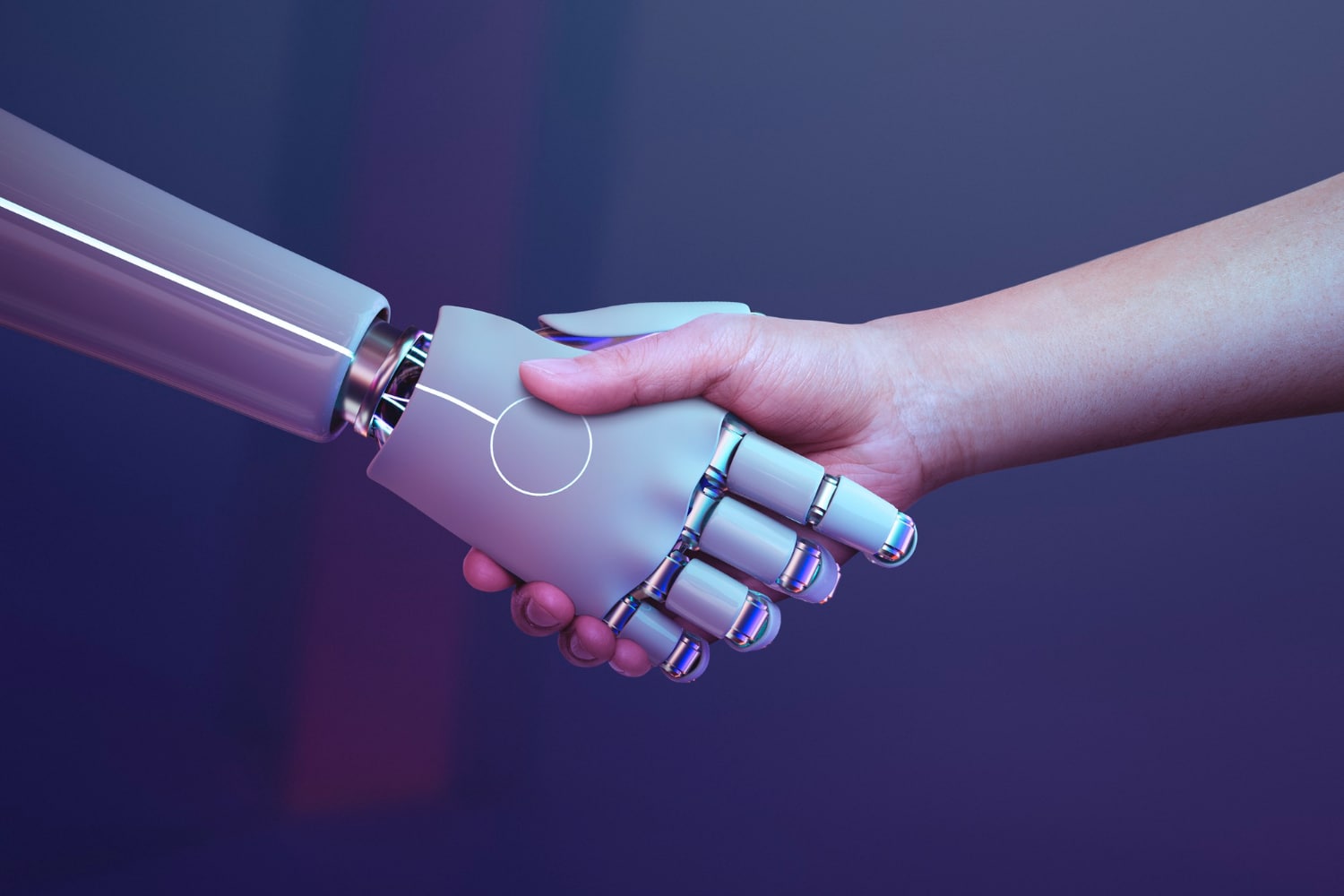Table of Contents
Digital Twins -an introduction:
In today’s digital era, the concept of digital twins is gaining significant attention across industries. The digital twin is a virtual or digital copy of an asset or product. The term ‘digital twin’ was first used or coined by Michael Grieves in 2002. NASA first used this technology for its space exploration programs. Digital twins as a new trend are getting popular day by day and have the potential to revolutionize various industries across different sectors. they are often associated with advanced technologies like robotics, artificial intelligence, and the Internet of Things. This article aims to demystify the concept of digital twins, highlighting their key features, applications in healthcare and machine learning, and their differentiation from traditional models and simulations.
Understanding Digital Twins:
Digital twins are virtual replicas of physical objects, processes, or systems that provide both their physical and behavioral aspects. They are created by merging real-time data from sensors installed, devices, and other sources with computational models. This fusion enables a digital twin to provide a comprehensive and accurate representation of its physical counterpart or actual object. They leverage existing data to provide valuable insights and support decision-making processes. Here’s how they work with existing data:
Data Collection:
Digital twins gather data from various sources, including sensors, devices, databases, and historical records. This data can include information about the physical object or system being represented, such as its performance, behavior, environmental conditions, and maintenance history.
Data Integration:
The collected data is integrated into the digital twin model, which combines both the physical and behavioral aspects of the object or system. The data is mapped and aligned with the corresponding elements and parameters in the digital twin model to ensure an accurate representation.
Real-time Monitoring:
They continuously receive real-time data from sensors and devices embedded in the physical object or system. This data is fed into the digital twin, updating its virtual counterpart with the latest information. Real-time monitoring allows for a dynamic representation of the physical object and enables the digital twin to reflect its current state accurately.
Data Analysis and Processing:
Once the data is collected and integrated into the digital twin, it undergoes analysis and processing. The data are processed with the help of different algorithms or techniques and even use statistical analysis, machine learning help, or other methods of computation.
Decision Support:
The insights derived from the data analysis are used to support decision-making processes. The digital twin can simulate different scenarios, predict outcomes, and provide recommendations based on the analyzed data. Decision-makers can use this information to optimize processes, identify potential issues or risks, and make informed decisions.
Feedback Loop:
As decisions are implemented in the physical object or system, the digital twin continues to gather data in real-time. This feedback loop ensures that the digital twin remains updated and reflects any changes or impacts resulting from the decisions made. Continuous monitoring and feedback enable iterative improvements and facilitate ongoing optimization of the physical object or system.
By leveraging existing data and continuously updating it with real-time information, digital twins provide decision-makers with a comprehensive understanding of the physical object or system.
Digital Twins vs. Models and Simulations:
While traditional models and simulations are static representations, digital twins go beyond by continuously updating themselves with real-time data. They allow for the simulation of real-world scenarios and provide insights into the performance, behavior, and maintenance needs of physical assets. Digital twins offer a dynamic, interactive, and predictive framework for optimizing processes, improving efficiency, and enhancing decision-making.
Application in the Health Sector:
Digital twins offer immense potential in the healthcare sector. They can be used to create virtual replicas of patients, enabling personalized and data-driven treatments. For instance, doctors can simulate different treatment options on a patient’s digital twin to determine the most effective approach. Digital twins also enable remote monitoring, predictive analytics, and proactive healthcare management.
Applications in Machine Learning:
Digital twins play a crucial role in machine learning by providing a realistic environment for training and testing algorithms. By training algorithms on digital twins, developers can evaluate their performance, optimize parameters, and predict outcomes. This enables the development of robust and accurate machine-learning models that can be applied in various domains, such as autonomous vehicles, predictive maintenance, and anomaly detection.
Other applications:
Manufacturing and Industry 4.0:
They can optimize manufacturing processes, improve product quality, and enable predictive maintenance to minimize downtime and enhance efficiency.
Smart Cities:
By creating digital twins of urban environments, city planners can simulate scenarios, optimize resource allocation, and improve sustainability.
Energy and Utilities:
They help monitor and optimize energy consumption, predict equipment failures, and enhance grid management for increased efficiency.
Aerospace and Defense:
They enable real-time monitoring, performance optimization, and predictive maintenance of aircraft, enhancing safety and reducing costs.
Transportation and Logistics:
Digital twins can optimize supply chain management, improve route planning, and enhance fleet efficiency.
Conclusion on digital twins:
Digital twins have emerged as powerful tools that bridge the physical and digital worlds, transforming industries across the board. Their ability to create virtual replicas, monitor real-time data, and provide predictive insights revolutionizes decision-making, improves efficiency, and enhances innovation. As technology continues to advance, digital twins will undoubtedly play an increasingly vital role in shaping the future of various sectors, ensuring a more connected, optimized, and sustainable world.

